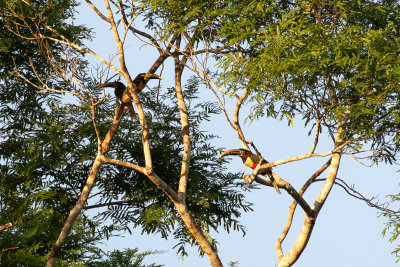
Chestnut-eared Aracari (Pteroglossus castanotis) |
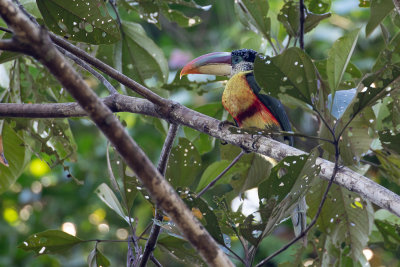
Curl-crested Aracari (Pteroglossus beauharnaisii) |
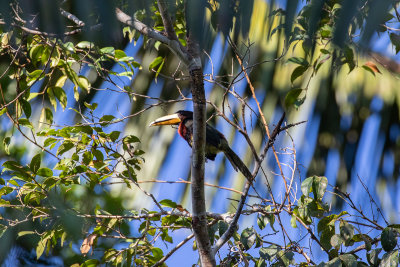
Brown-mandibled Aracari (Pteroglossus mariae) |
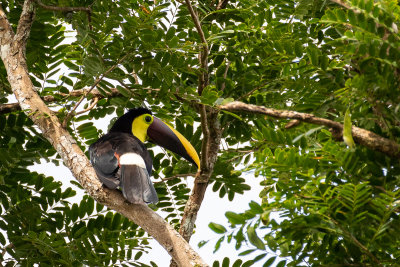
Yellow-throated Toucan (Ramphastos ambiguus) |
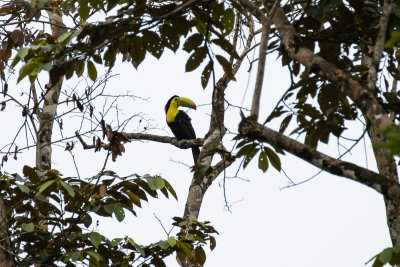
Keel-billed Toucan (Ramphastos sulfuratus) |
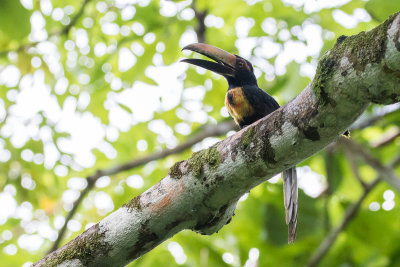
Collared Aracari (Pteroglossus torquatus) |
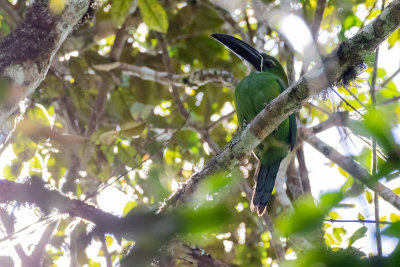
Chestnut-tipped Toucanet (Aulacorhynchus derbianus) |
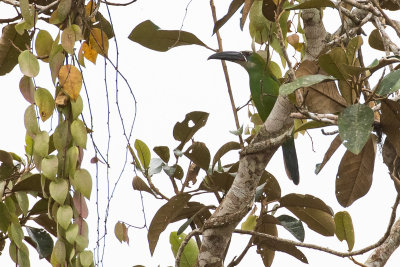
Chestnut-tipped Toucanet (Aulacorhynchus derbianus) |

Black-necked Aracari (Pteroglossus aracari) |

Channel-billed Toucan (Ramphastos vitellinus) |
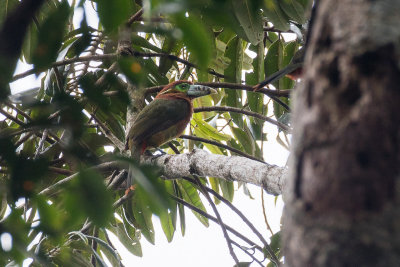
Spot-billed Toucanet (Selenidera maculirostris) |
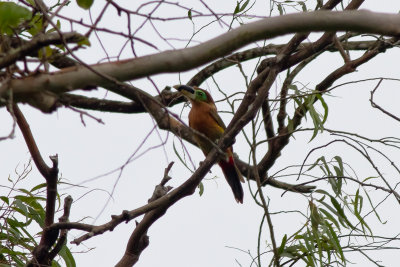
Gould's Toucanet (Selenidera gouldii) |
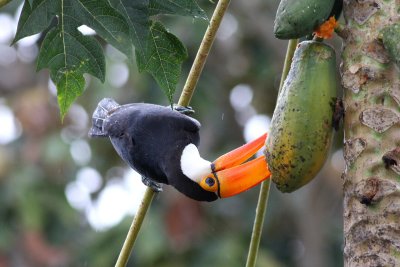
Toco Toucan (Ramphastos toco) |
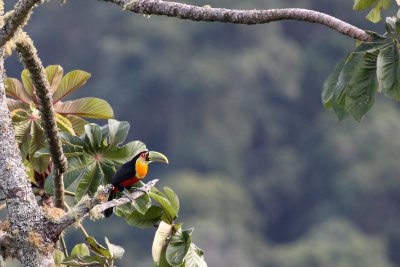
Green-billed Toucan (Ramphastos dicolorus) |
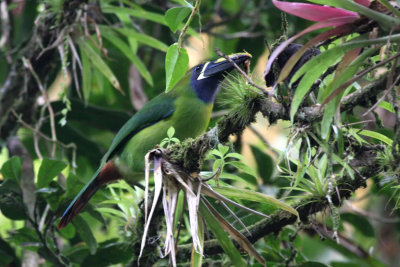
Violet-throated Toucanet (Aulacorhynchus cognatus) |
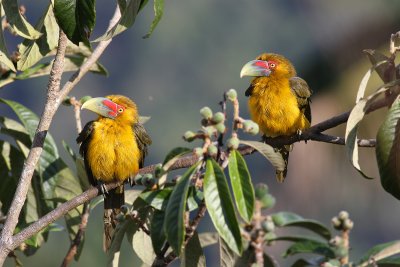
Saffron Toucanet (Pteroglossus bailloni) |

Saffron Toucanet (Pteroglossus bailloni) |
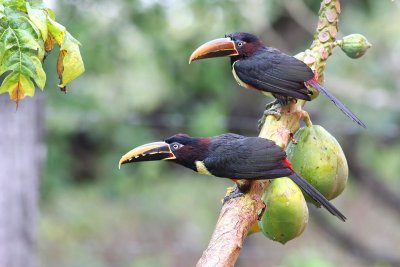
Chestnut-eared Arašari (Pteroglossus castanotis) |

Black-billed Mountain Toucan (Andigena nigrirostris) |











